Sex, Lies, and Phlogiston
- Christie Carrico, PhD
The Alchemist’s Daughter.
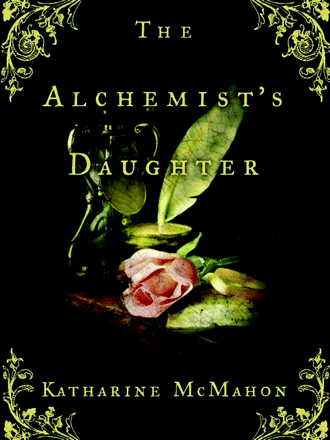
Katharine McMahon. New York: Three Rivers Press; 2006. 346 pages. $13.95. ISBN: 0307335852
The Alchemist’s Daughter begins with a very promising premise. The motherless daughter of a scholarly and reclusive member of the Royal Society becomes consigned to her father’s narrow interests. From early childhood, Emilie Selden learns at her father’s knee. She experiments beside him in his laboratory, writes up experimental results, and like a sponge, absorbs the knowledge he heaps on her. The book makes liberal references to the science of the day, including debates on the nature of phlogiston, oxidation, and why fire burns. Even Isaac Newton is woven into the story as a distant character, President of the Royal Society. Following in her father’s footsteps into the world of alchemy, Emilie thus gains some exposure to the incipient strain of enlightened thought emerging in early eighteenth-century England, but more deeply, she embraces the ancient supernatural views that were rediscovered and espoused up until her lifetime.
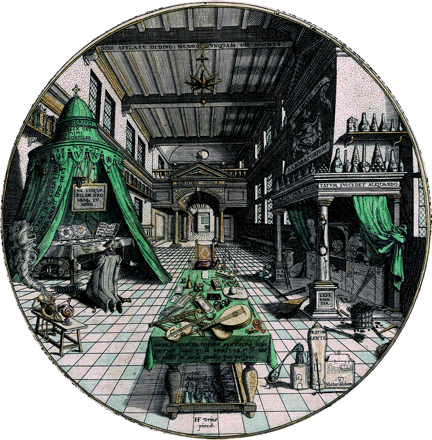
The downside of this young woman’s life is that she has none. Her father closely monitors her learning and behavior, and he records his observations of her in an ever-present notebook that she is not allowed to read. When she displeases him by not grasping a concept as quickly as he would like, or by showing any interest in anything non-scientific, he announces that the circumstances of his displeasure will be duly noted and proceeds to punish her with his silence. At eighteen years of age, Emilie has never left the Selden estates, never talked to young people her own age, and never met a man other than her father.
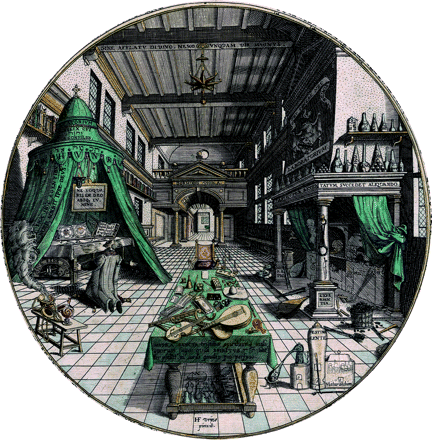
Into this scenario enters first the new vicar, Thomas Shales, also a man of science. But when Shales fails to be a worthy adherent to the precepts of alchemy, he is banished from the Selden home, and Emilie is forbidden to go to church. Shales nevertheless remains a force in both Seldens’ lives. The second variable introduced into Emilie’s circumscribed life is Robert Aislabie, a young man who “shone,” in Emilie’s words, and with whom she predictably falls madly in love: Emilie manages to meet with him in secret (when her father goes to London for a meeting of the Royal Society); she becomes pregnant by Aislabie and marries him; she is banished from the Selden environs; she goes to London, miscarries, and becomes a nine days’ wonder for her ability to discourse on natural philosophy and matters scientific. Along the way, her husband shows his true colors, and Emilie is rudely awakened from her sheltered existence.
Emilie is not presented as a particularly likeable heroine. She is essentially unconscious to the world around her. Despite being raised to think critically, time and again she is given the chance but fails to use her intellect to make choices that will make a difference. When faced with man’s inhumanity to man, with base greed, or with pleas for help, Emilie flees to the safety of her lab, where ironically, she endeavors to conquer the essence of life.
As it turns out, Emilie’s personal failures and lack of development provide the crux of the story. Emilie is really nothing more than one of her father’s experiments, an empty vessel to be filled with knowledge, molded into his image, tested, and examined. And in choosing to go away with Aislabie, she is a failed experiment, much the same as the palingenesis experiments that she and her father had once attempted in order to bring a dead rose back to life.
Rather than the more familiar turning-lead-into-gold theme of alchemy, the transformation that is central to the book, as exemplified by Emilie’s palingenesis studies, is the instilling of life into dead matter. Nevertheless, it is her long-held interest into the nature and relationship of fire and air that sets the tone for the novel’s rather explosive climax, from which Emilie begins to learn about herself and her capabilities. In her words, “Palingenesis had worked after all, because…[it] restored my father and mother in their true colors.” From this point on, Emilie becomes a more sympathetic character. The discovery of her identity apparently allows her to shed the eighteen years’ of conditioning that had so defined her immediate world.
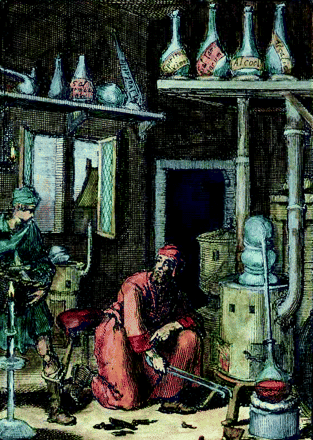
Emilie’s climactic change in character recalls the very stuff of alchemy—a transformation that can be imagined but not reasonably effected. Although the character’s development perhaps satisfies the need to bring the story to a satisfactory conclusion, I was struck by its artifice. Perhaps the contemporaneously set Galileo’s Daughter led me to expect more of a scientifically educated young woman than the sex, lies, and phlogiston that revolve around The Alchemist’s Daughter. Admittedly, Galileo’s Daughter is a biography, and its author, Dava Sobel, sets an unusually high standard for historical scholarship. In the present case, Katharine McMahon acknowledges eighteenth-century realities, such as slave trade and infant mortality rates, but in writing a piece of fiction, she is perhaps not obligated to aspire to a high degree of rigor in developing historical references and descriptions. Still, comparison of the two books is inevitable, and even in terms of narrative appeal alone, Sobel’s book excels. And in terms of science, Galileo’s Daughter is by far a greater whiz than The Alchemist’s.
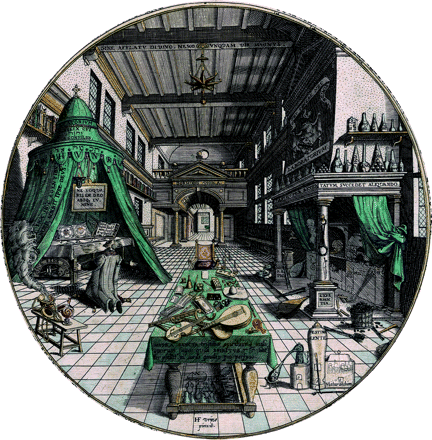
Katharine McMahon, of England, has taught in secondary schools has lectured in writing skills at the Universities of Hertfordshire and Warwick.
- © American Society for Pharmacology and Experimental Theraputics 2007



